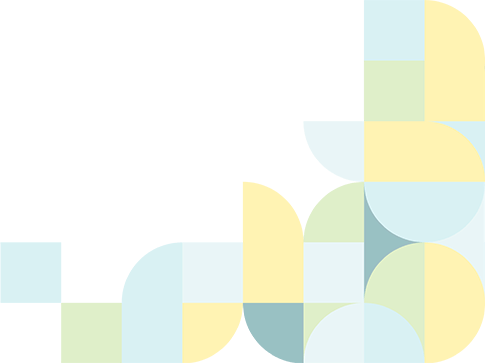What we did
Local governments face multiple challenges, including public health and economic crises, entrenched racism and inequality, and a looming climate crisis. Meanwhile, the systems to share, track, and interpret performance metrics of these interlinked challenges is often incomplete or non-existent. Local governments face barriers when the selected frameworks either: 1) Are not comprehensive, omitting one or more pillar of sustainability, such as social equity, economic prosperity, or environmental protection; 2) Are not made abundantly relevant to the local context; 3) Have not secured broad ownership by multiple city departments; and 4) Are not well understood and supported by community members. The United Nations (UN) Sustainable Development Goals (SDGs) offer a framework for a whole-of-government approach to building long-term and community-wide sustainability, while offering ample opportunity for multi-stakeholder engagement. Envisioned as “a blueprint to achieve a better and more sustainable future for all”, the 2030 Agenda for Sustainable Development was adopted by the UN in 2015, when member nations signed on to achieving 17 SDGs, which together outline a set of 169 sub-goals and associated indicators. Interest by communities to align their planning with the SDGs has grown, yet there remains a lack of understanding by local governments for how to: 1. localize the SDG indicators, 2. take action on the SDGs, 3. obtain data in support of the SDGs, 4. monitor targets, and 5. communicate the SDGs to stakeholders. To date, only the largest U.S. cities, Los Angeles and New York, have had the capacity to develop mechanisms for aligning with the SDGs.
Read more Read less









